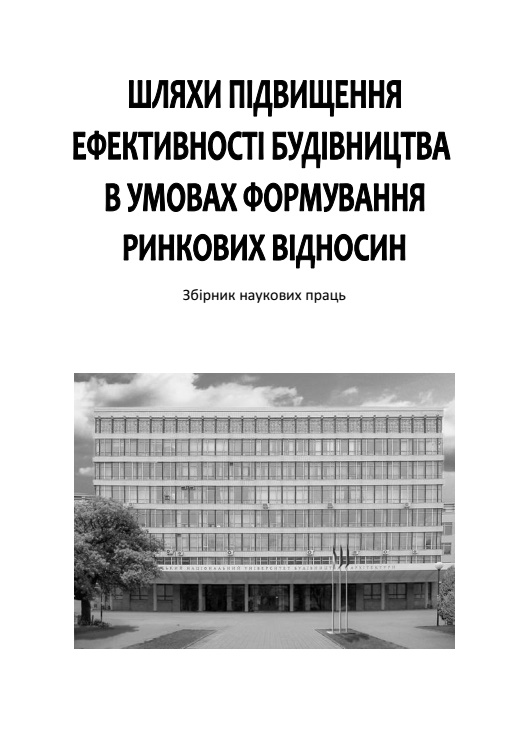Дослідження процесу очищення води цементацією від міді в статичних умова, в процесі її відновлення на частинках залізного порошку
DOI:
https://doi.org/10.32347/2707-501x.2012.28.41-45Keywords:
Вода, Мідь, Цементація.Abstract
Presented results of studies for effect of cooper containing wastewater treatment by cementation. Was investigated kinetics of copper ions’ content in solution at it’s cementation on iron powder.
References
09.18-19И.335 Удаление ионов меди из сточных вод гальвано производства в процессе электродиализа. Removal copper ions from electroplating rinse water using electrode ionization. Feng Xiao, Gao Jun-song, Wu Zu- cheng. J.Zhejiang Univ. Sct. A.2008. 9, №9
Removal and recovery of copper via a galvanic cementation system Part I: Single-pass reactor. Y.P. HOR and N. MOHAMED* School of Chemical Sciences, University Saints Malaysia, 11800 Penang, Malaysia. Journal of Applied Electrochemistry 33: 279–285, 2003. 279. 2003 Kluwer Academic Publishers. Printed in the Netherlands.
Виноградов С.С. Экологически безопасные гальванические производства. М.: Глобус, 2002, 352 с.
Downloads
How to Cite
Issue
Section
License
Copyright (c) 2020 Д. І. Зоря

This work is licensed under a Creative Commons Attribution 4.0 International License.
Authors who publish with this journal agree to the following terms:
- Authors retain copyright and grant the journal right of first publication with the work simultaneously licensed under a Creative Commons Attribution License that allows others to share the work with an acknowledgement of the work's authorship and initial publication in this journal.
- Authors are able to enter into separate, additional contractual arrangements for the non-exclusive distribution of the journal's published version of the work (e.g., post it to an institutional repository or publish it in a book), with an acknowledgement of its initial publication in this journal.
- Authors are permitted and encouraged to post their work online (e.g., in institutional repositories or on their website) prior to and during the submission process, as it can lead to productive exchanges, as well as earlier and greater citation of published work (See The Effect of Open Access).

